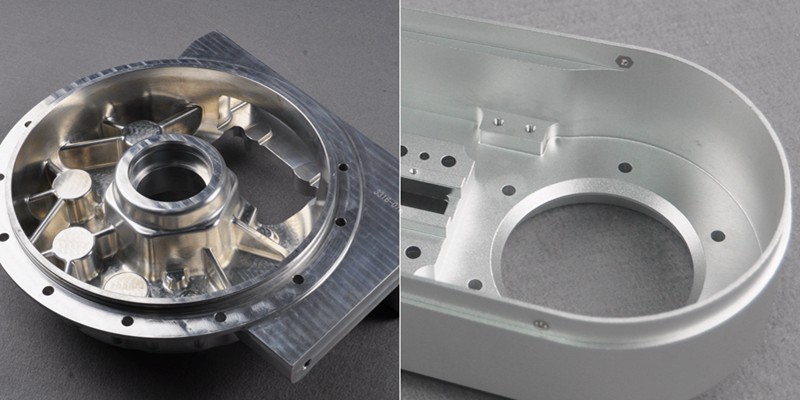- November 17, 2023
In recent years, there has been ongoing research in exoskeleton robot production. This is primarily due to their increased demands in different areas, e.g., the medical industry. Due to the different functions of these robotic exoskeletons, there is a large consumer market, compromising different requirements and uses.
This article will introduce design considerations to meet exoskeleton robot demands and analyze the manufacturing case of exoskeleton robot parts. Let’s get to it.
What are Exoskeleton Robots?
First, let’s learn what a robotic exoskeleton is. Exoskeleton robots, initially developed in the 1960s for injured soldiers, have since evolved to support and strengthen the human body in various medical robots, film effects, and military sectors.
Given the requirements of these wearable robots in different fields, they are categorized into active and passive driving processes. On the one hand, active driving exoskeleton methods employ actuators converting hydraulic, pneumatic, or electrical energy to provide mechanical energy to the user. On the other hand, passive exoskeletons support the user, providing them with flexible assistance.
As a result, these versatile exoskeleton robots are in high demand now, notably due to their flexible support, accuracy, and ability to handle different requirements.
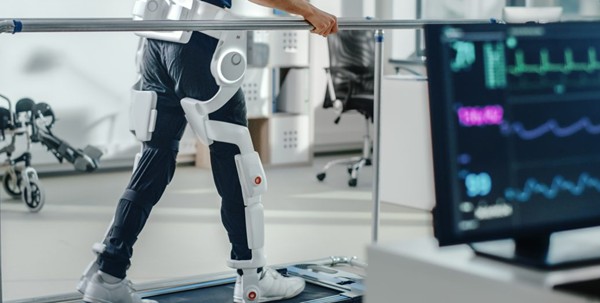
How are Exoskeleton Robots Used in Medical Rehabilitation?
Medical exoskeletons are an important application for rehabilitation robots. These exoskeleton robots usually offer rehabilitative treatments, aiding patients in gaining mobility. Nowadays, the technologies have seen increased advancement in medical exoskeleton robot manufacturing. They provide supportive help to people with injuries and disabilities to recover faster.
In addition, these assisted medical exoskeleton robots are divided into augmentative and rehabilitative types, facilitating people with these wearable mobility aids. The augmentative process helps patients execute tasks efficiently, relieving them of exertion. On the contrary, rehabilitative exoskeletons, usually employed in physical therapy sessions, boost recovery.
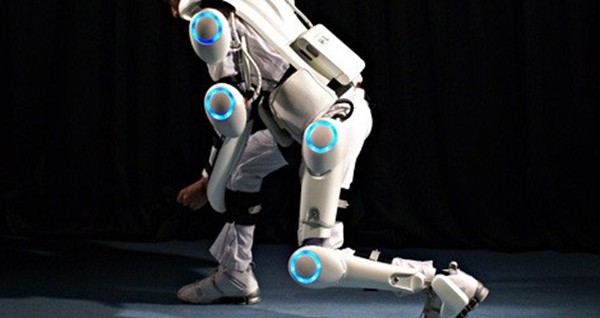
Medical exoskeletons also can be categorized into upper extremities exoskeletons (shoulders, arms, back) and lower extremities exoskeletons (legs, ankles, feet). In this way, they can be easily used in physical therapy sessions or at home, aiding patients to continue exercising while reducing the level of assistance, as improvement is observed.
Design Considerations for Robotic Exoskeletons
For exoskeleton robot production, continued research and consideration are required in the design and testing phases. Portability, flexibility, adaptability, and lightweight are key factors in exoskeleton design. Therefore, when developing and customizing an exoskeleton robot, some critical design considerations are taken into account. A few are mentioned below:
Consider Ergonomics
For the functioning of robotic exoskeletons, the artificial joints are aligned with the human joints. In light of this, the designers need to make sure that the range of motion of the artificial joint is in sync with the human joints to avoid distress, when pressure is applied. With minimal mechanical changes, the overall range of the human joint needs to be ensured. It makes certain that the force applied is in range of what human limbs can endure, guaranteeing an ergonomic exoskeleton design.
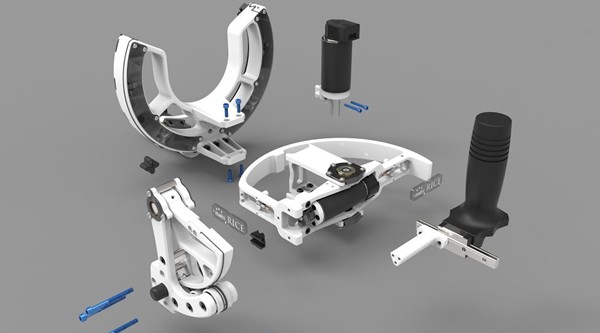
Force Transmission
The human body incorporates complex kinematics, adhering to multiple degrees of freedom (DOF) on each joint. To tackle this, designers are taking alternate ways to transmit power, allowing transmission through linkage-based mechanical devices. Either made of different hardness materials, these linkage-based kinematic chains augment the transmission force, lowering actuator size, and thereby allowing a safe and comfortable force transmission.
For rigid robotic exoskeletons, mechanical structures are aligned with each joint, employing a direct drive or a geared system. This enables the actuators to be close to the structure, allowing it to be portable. On the contrary, soft exoskeletons, using flexible materials, come in the form of a lightweight glove, transmitting force directly to the fingers. Tendon-driven devices, artificial muscles, and flexible joint-less structures are employed for force transmission.
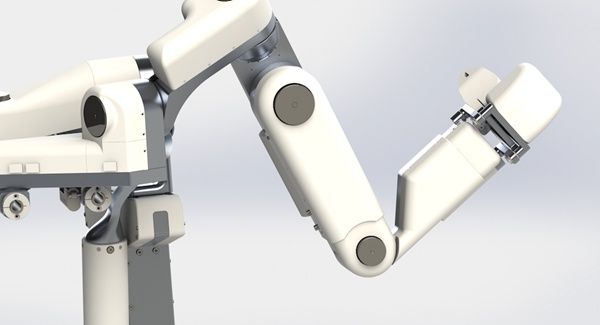
Calibration and Sizes
Given exoskeleton robots are generalized and every potential user may not have the same limb sizes, raises the threat of misalignment among some users, or the possibility of poor operation, thereby affecting the rehabilitation treatments. Additionally, it should be made sure that the wearing of an exoskeleton robot is a pain-free process. In this way, exoskeleton robot devices require an acceptable range of adjustability to different limb sizes.
Therefore, while designing the exoskeleton, it is important that allows a maximum range of limb sizes and does not induce secondary injuries to the users. To address this, systems such as mechanical stops, force limits, or limitation rotation need to be used to avoid an excessive range of motions.
Lightweight Materials
To ensure the comfortable operation of exoskeletons, it is vital that lightweight materials are opted in exoskeleton robot parts, relieving the users and increasing portability. Designers should consider minimizing the size and weight of the mechanical components.
For this purpose, soft exoskeletons (using materials like silicon) are comfortable, due to the absence of ‘rigid’ structures. In addition, in rigid materials, an aluminum exoskeleton robot is a preferred choice. Given its lightweight and durability, yielding stress with highly resistive properties, it is a preferred metal material for mechanical structure elements involved in machining exoskeleton robots.
Exoskeleton Robot Rapid Production: How it Works On-Demand Manufacturing?
To incorporate reduced development cycles, it is vital to optimize the exoskeleton robot component manufacturing process. Below are some processes and methods to ensure exoskeleton robots are in the market quickly.
Flexible Design Iterations
To meet the robot exoskeleton manufacturing, it is important to ensure flexible design iterations. This aids in producing accurate and efficient exoskeleton design and manufacturing, thereby allowing optimization. As a result, on-demand manufacturing provides customization, producing robotic exoskeleton prototypes and parts for customers with different requirements, ensuring a short time for delivery.
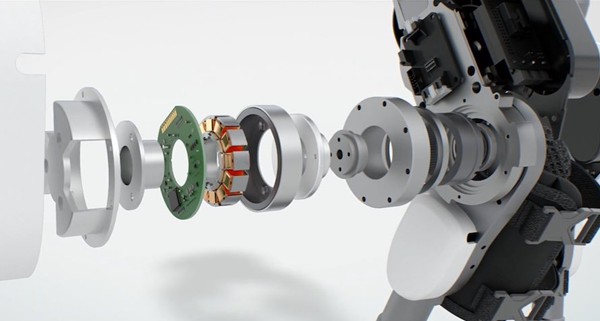
Rapid Production
Rapid production, using custom machining enables the manufacturing of efficient and cost-effective exoskeleton robot parts, allowing a shorter time to market. It is easier to capture a larger market of users, by producing affordable exoskeleton components. This is especially important for rehabilitative robot exoskeletons. With no MOQ, faster and more flexible production can be carried out.
Simplify Development Process
On-demand manufacturing solutions allow your ideas to turn into reality quickly. It helps simplify exoskeleton robot development processes. It is also essential in cutting production costs by less resource utilization, making the exoskeleton robot more affordable for consumers. This delivers flexible orders as demanded by users.
Additionally, on-demand production optimizes the delivery time of products. Efficiency and productivity are also kept in check, reducing errors and ensuring the delivery of high-quality end-products.
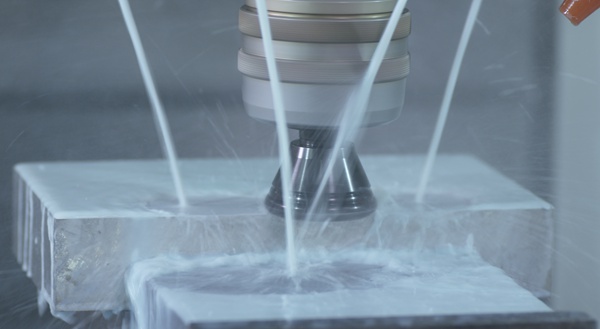
Comprehensive Machining Capabilities
To ease on-demand development, using rapid production capabilities performing different processes, providing one-stop machining is employed. Via CNC machining robotics, 3D printing, sheet metal fabrication, surface finishing techniques, etc., make your exoskeleton robot projects from prototyping to production efficiently. These advanced technologies maintain precision and accuracy for custom exoskeleton parts, producing high-quality delivery for the user.
Case Study in Custom Machined Exoskeleton Robot Parts
Medical exoskeletons are growing in demand for rehabilitation and augmentation purposes. These include both upper extremities exoskeletons and lower extremities exoskeletons. Both of the exoskeleton robots produced consist of various parts, most of which are machined. We are here to share a case about the parts production of an upper-limb rehabilitation exoskeleton.
How Machined Parts Meet Exoskeleton Mechanism?
The shoulder mechanism, being a module in the upper limb rehabilitation exoskeleton, is lightweight, and compact, ensuring the maximum range of motion as the human shoulder joint, which in turn drives the rotation of the shoulder joints, making the shell of the large arm and small arm area movable. In this section, we will focus on the machining of two typical exoskeleton robot components, i.e. custom machined exoskeleton stator mount and housings.
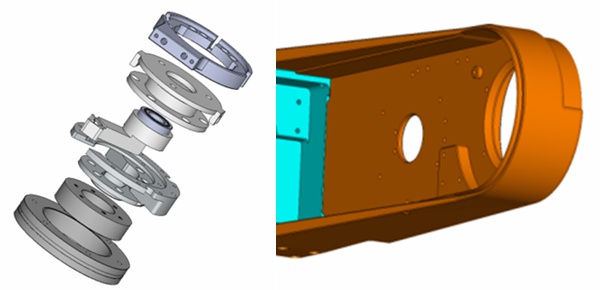
Machined Stator Mount
A stator mount is a fixed, stationary key part in an electric motor. It is used in creating a rotating magnetic field when AC current is passed. As a result of this induced magnetic field, voltage is introduced, making the rotor rotate.
For this case, the material used in the stator mount is AL6061-T6 with lightweight and robust mechanical properties. Precision is important during machining due to the stator integrated with other exoskeleton parts. Some concerns while machining this part are mentioned below:
Since the stator is positioned with other parts, during machining it should be handled carefully. While machining, the 3 points below are handled diligently.
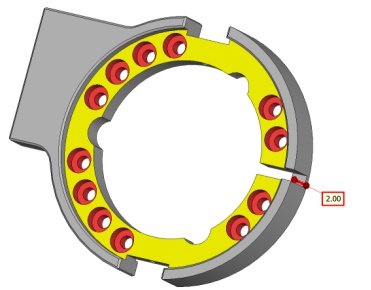
- (1) Because it needs to be positioned and assembled with other exoskeleton parts, the size and positional tolerance of the 12 holes marked in red in the picture are critical.
- (2) The wall thickness at the location indicated by the red arrow is only 2mm, and the pressure of the milling tool during machining may pose a risk of deforming the stator mount part.
- (3) The yellow surface will be in contact with a more fragile part, so it requires the machined surface to be as smooth as possible. The surface roughness of Ra0.8 needs to be achieved.
Machining Process for Stator Mount
For the machining of these parts, we employ 3 axes, 4 axes, and 5axes milling machines.

- First, focuses on milling the front side, followed by backfilling the milled hollow structure with plaster. Once solidified, the front surface is milled flat, restoring it to its initial state.
- Then, we employ a 3-axis machine to mill the reverse side the same way as the front side. After milling, knock down the plaster filled from the first process. There we have a front and back semi-finished product.
- Finally, utilizing a 4-axis or 5-axis machine, use the structure that is already machined for positioning, make a return fixture, and machine structures on 3 sides in turn.
This detailed machining process ensures the precise manufacturing of the stator mount, meeting the requirements of the exoskeleton’s shoulder mechanism.
Machined Robotic Exoskeleton Housing
Robotic exoskeleton housing is also a critical component in the overall design of an upper limb rehabilitation exoskeleton, providing a protective and functional enclosure for complex internal mechanisms. Similar to the precision required for the machined stator mount, the housing demands attention during the manufacturing process to ensure optimal performance.
The housing, like the stator mount, uses AL6061-T6. When machining housing parts, it also must attention to specific dimensional tolerances to fit proper alignment and assembly with other exoskeleton components. Particularly those affecting the attachment points and interface with other modules must be strictly controlled to ensure a precise fit.
In addition, maintaining the structural integrity of the housing is paramount. Areas with thin walls or intricate features require careful machining to prevent deformations or weaknesses.
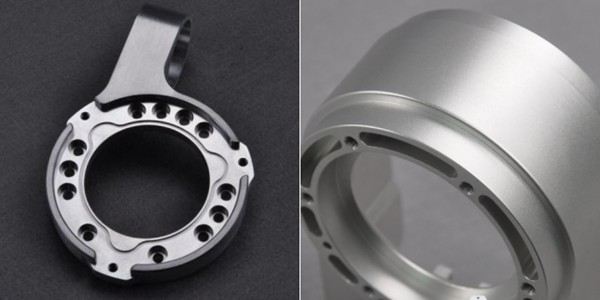
Surface Finishing for Custom Exoskeleton Robot
Since the exoskeleton parts are used repeatedly and the housing-type parts are visible to the end users. So most of these exoskeleton parts need to be post-treated to make them aesthetically pleasing and corrosion resistant. For aluminum exoskeleton parts in this case, the most appropriate solution is sandblasting and then anodizing.
Therefore, we do an initial cleaning of all aluminum parts, followed by sandblasting and anodizing. On the one hand, sandblasting hides machining tool paths and step marks, giving the machined exoskeleton parts a matte finish with a uniform roughness. On the other hand, anodizing improves the corrosion resistance of the aluminum, provides a hard, scratch-resistant surface, and enhances the appearance of the exoskeleton.
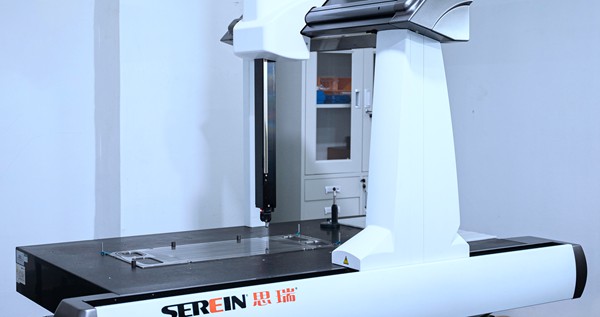
Quality Inspection
At WayKen, all parts have to go through a strict inspection by the QC team before shipment, especially for parts with high precision and appearance requirements. Our inspection of these exoskeleton robot parts includes two main aspects: appearance and dimension.
Appearance
Since these exoskeleton components need to be hung on the jig tree during the oxidization process, they will be scratched if they are not careful when they are taken down. Therefore, during the inspection, the parts should be placed at a distance of 20cm from the eyes for careful inspection. In addition, all the parts are mounted on the same robot, and the uniformity and uniformity of the oxidized color of the different parts is especially important. After checking, the appearance and color are achieved to the desired effect.
Dimensions
By carefully analyzing the machined exoskeleton robot parts, we focused on checking the diameters, position tolerance, and spacing of the holes. For DG&T like flatness and parallelism, we use a CMM to ensure that the customer’s tolerances are met. While this takes a lot of time to inspect, Wayken ensures that all critical dimensions fall within tolerance.
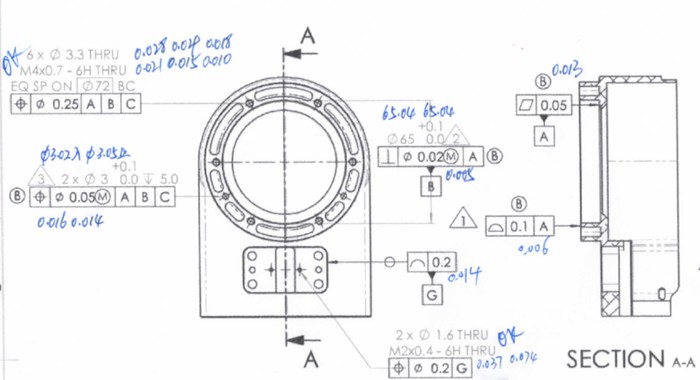
Inspection reports show that we achieve even higher precision than requested.
Choose WayKen to Support Your Machined Exoskeleton Robotics
Here at WayKen Rapid Manufacturing, we are committed to bringing you finely machined, aesthetically pleasing, safe-to-use exoskeleton robot components. WayKen has produced many exoskeleton robot parts with rich experiences, we take effective management processes to ensure reliability in machining exoskeleton robots. From prototyping to production, our team makes sure that each exoskeleton robot project is done perfectly.
What’s more, with comprehensive machining capabilities, including CNC milling, turning, wire EDM, 3D printing, surface finishing, etc., WayKen can meet your various machining requirements and deliver high-quality products as you desire.
We also pay more attention to quality assurance. Our QC department always checks each part through a strict procedure, making sure there are not any shortcomings in any product. We take pride in achieving even higher standards than our customers requested. If you are looking for a manufacturer with machined exoskeleton robotics, just contact WayKen, and let’s handle your projects with one-stop services!

